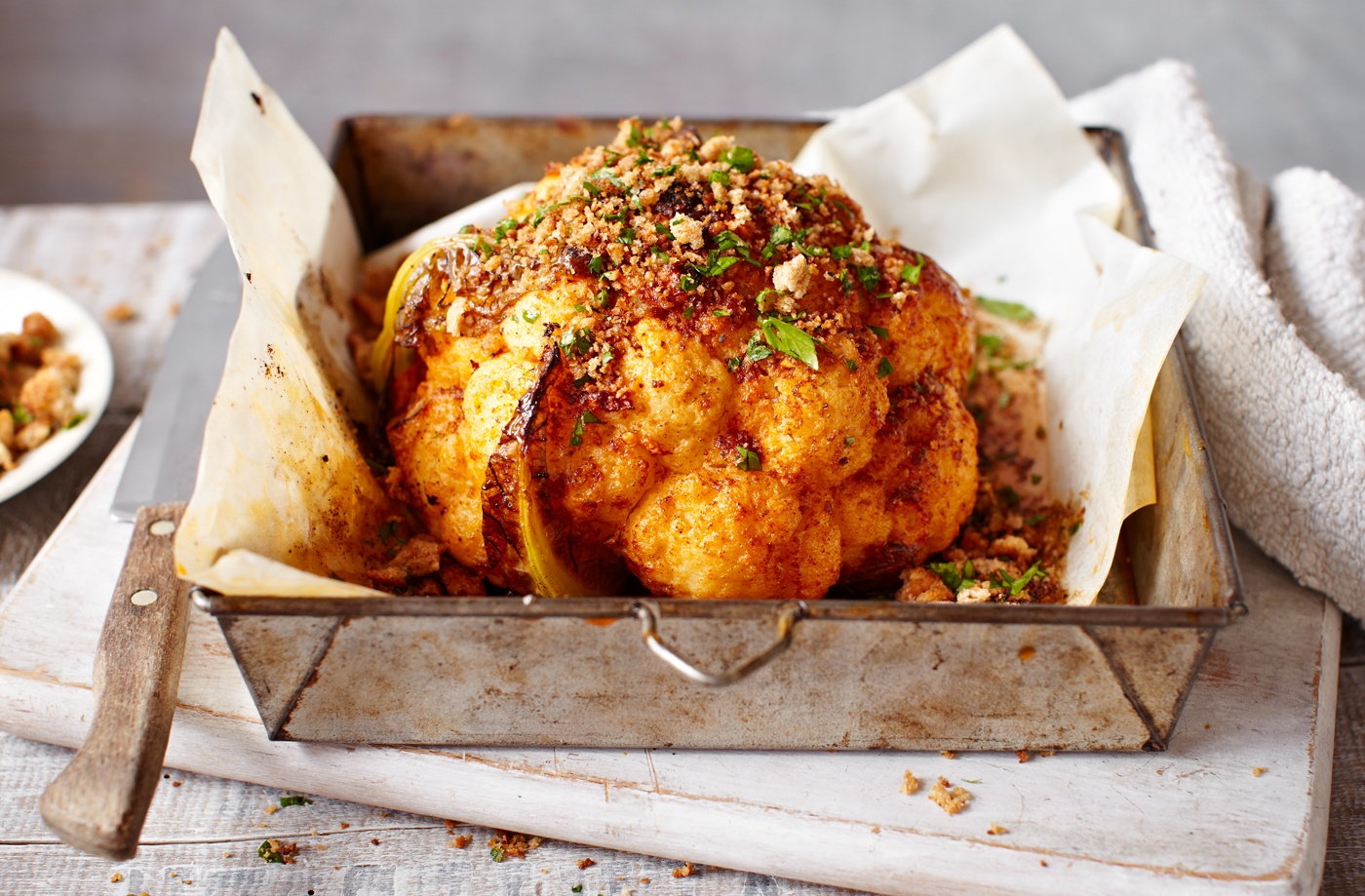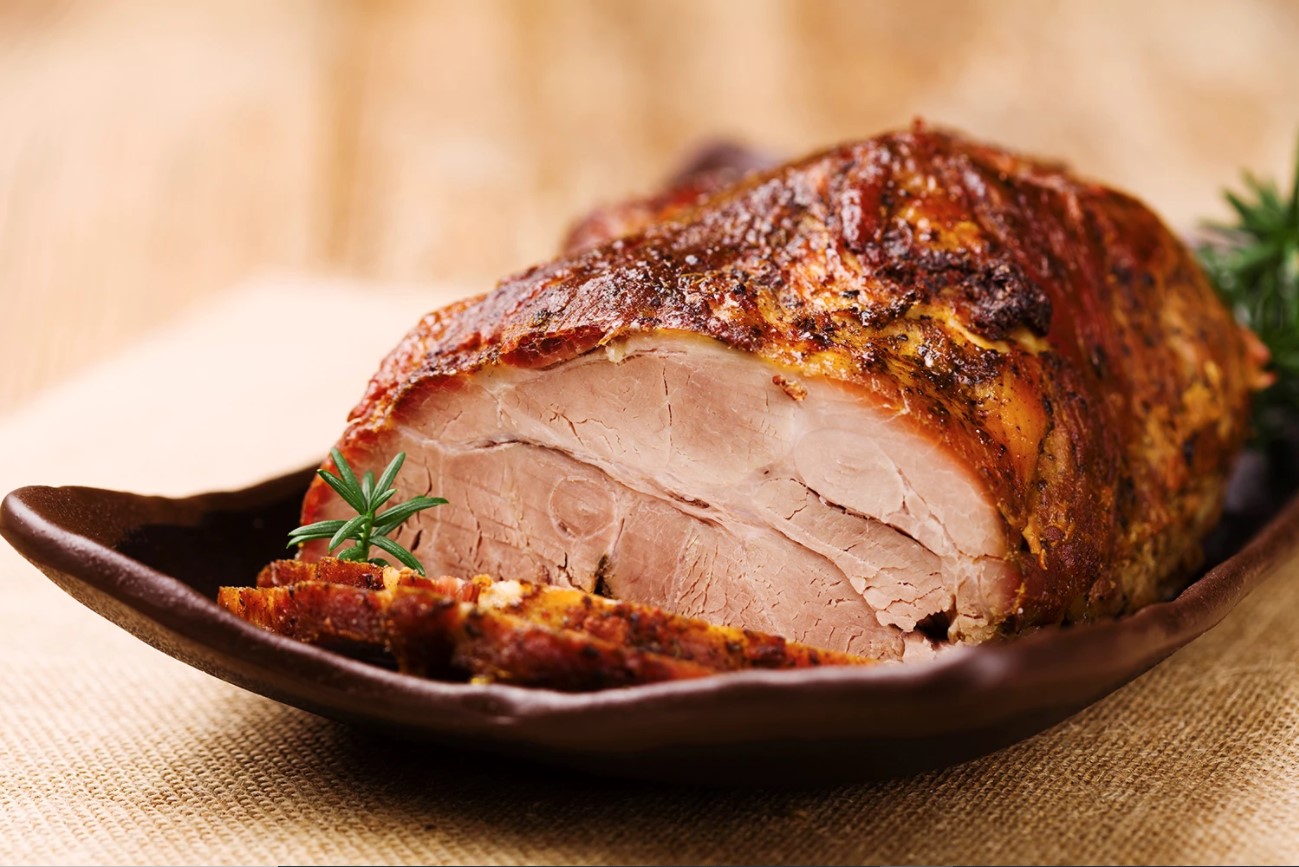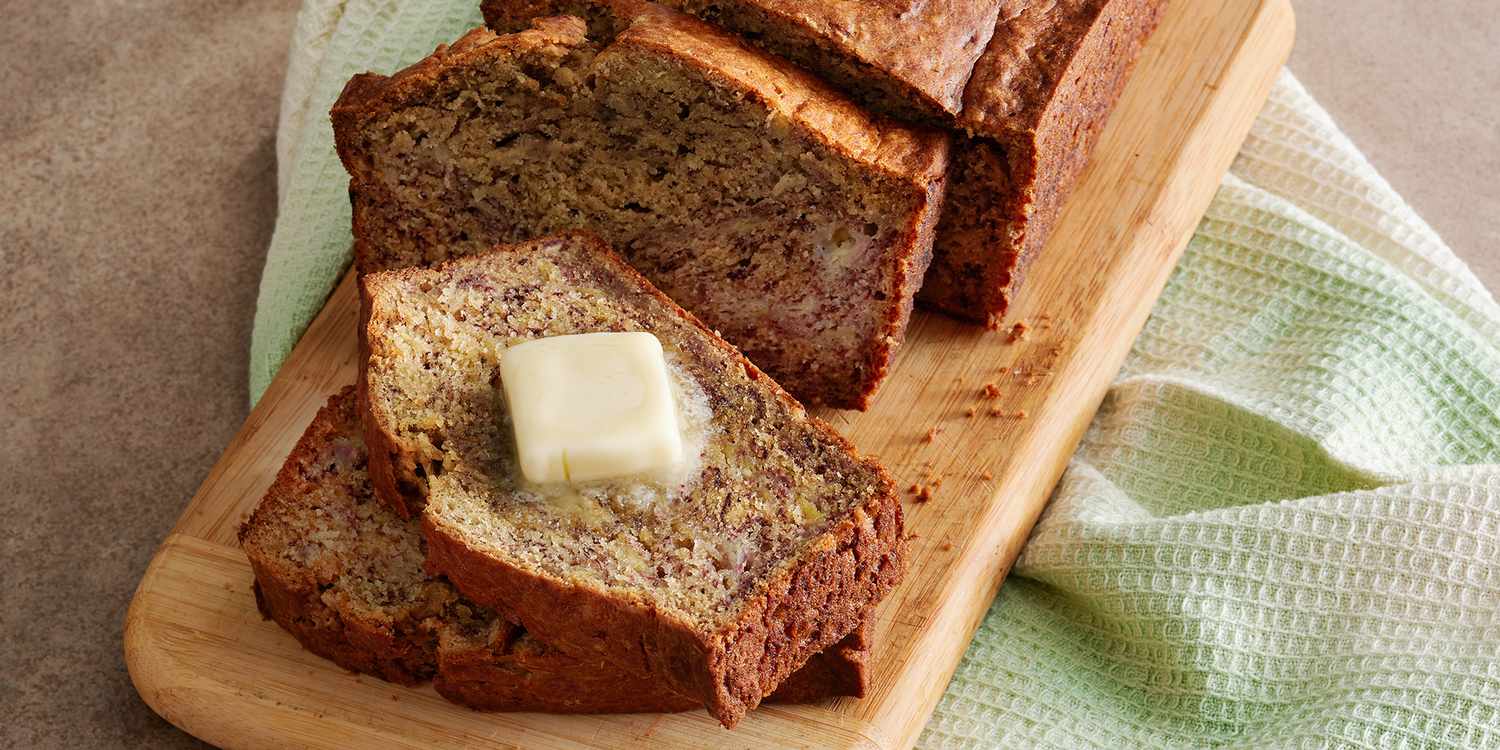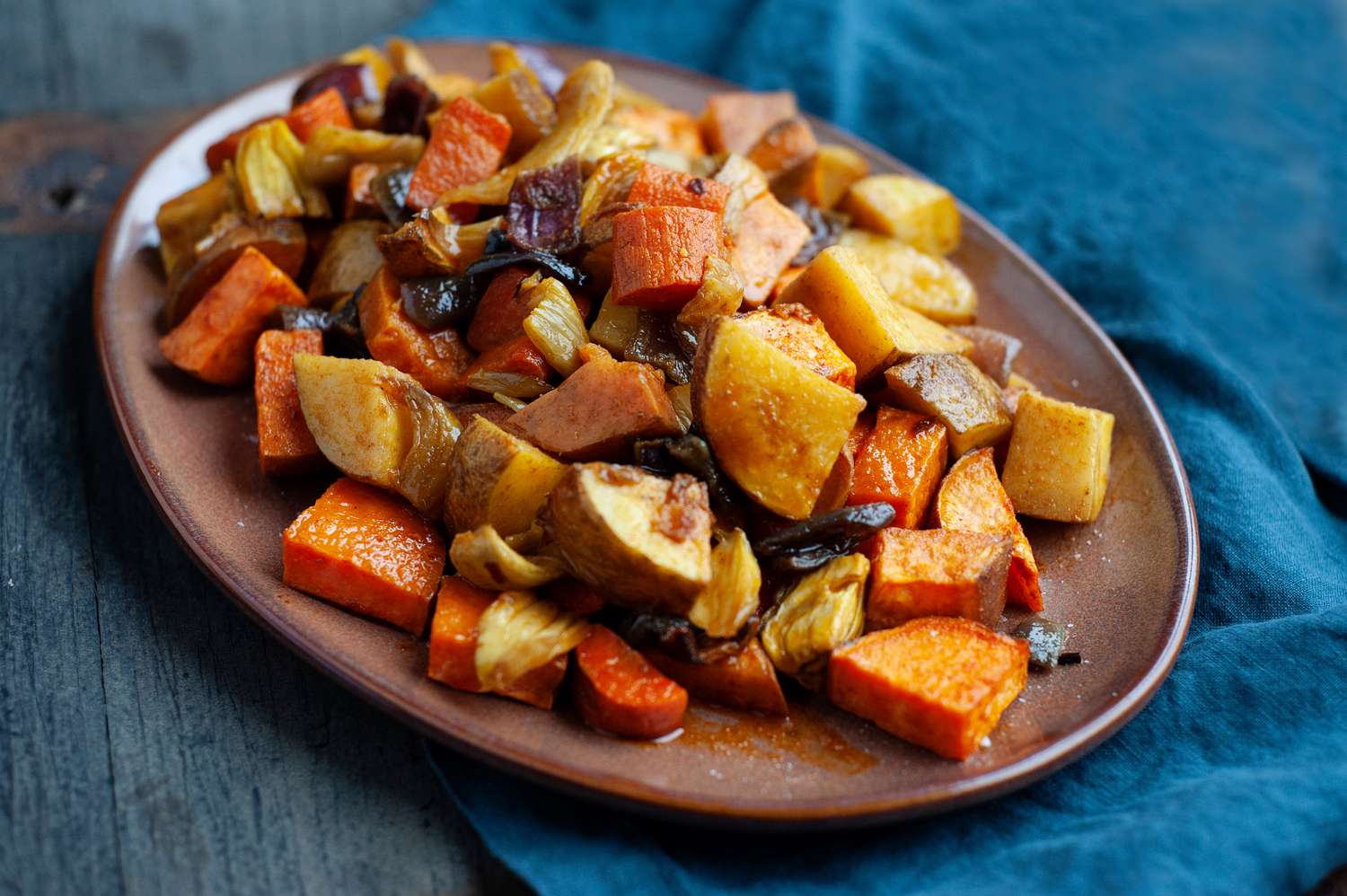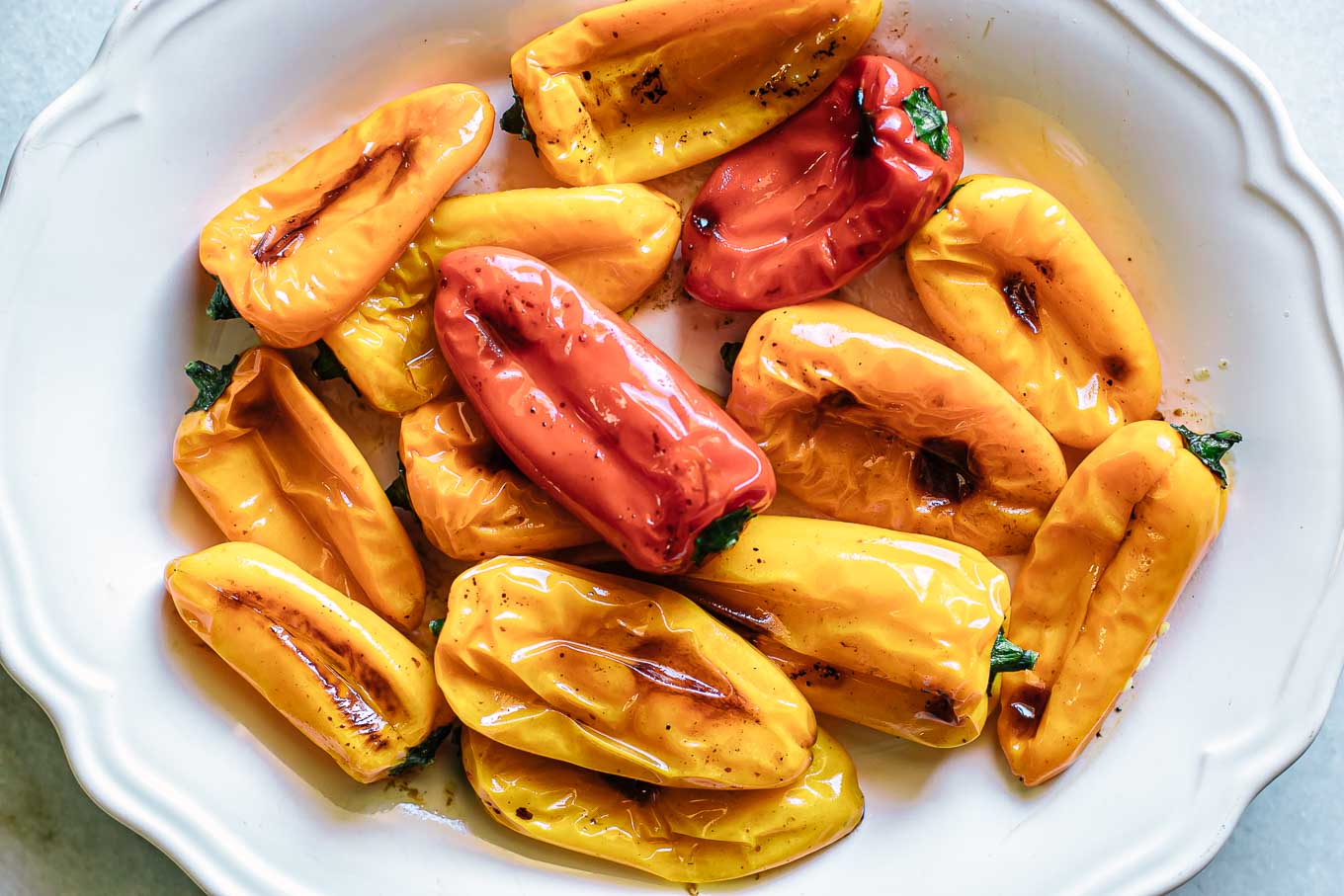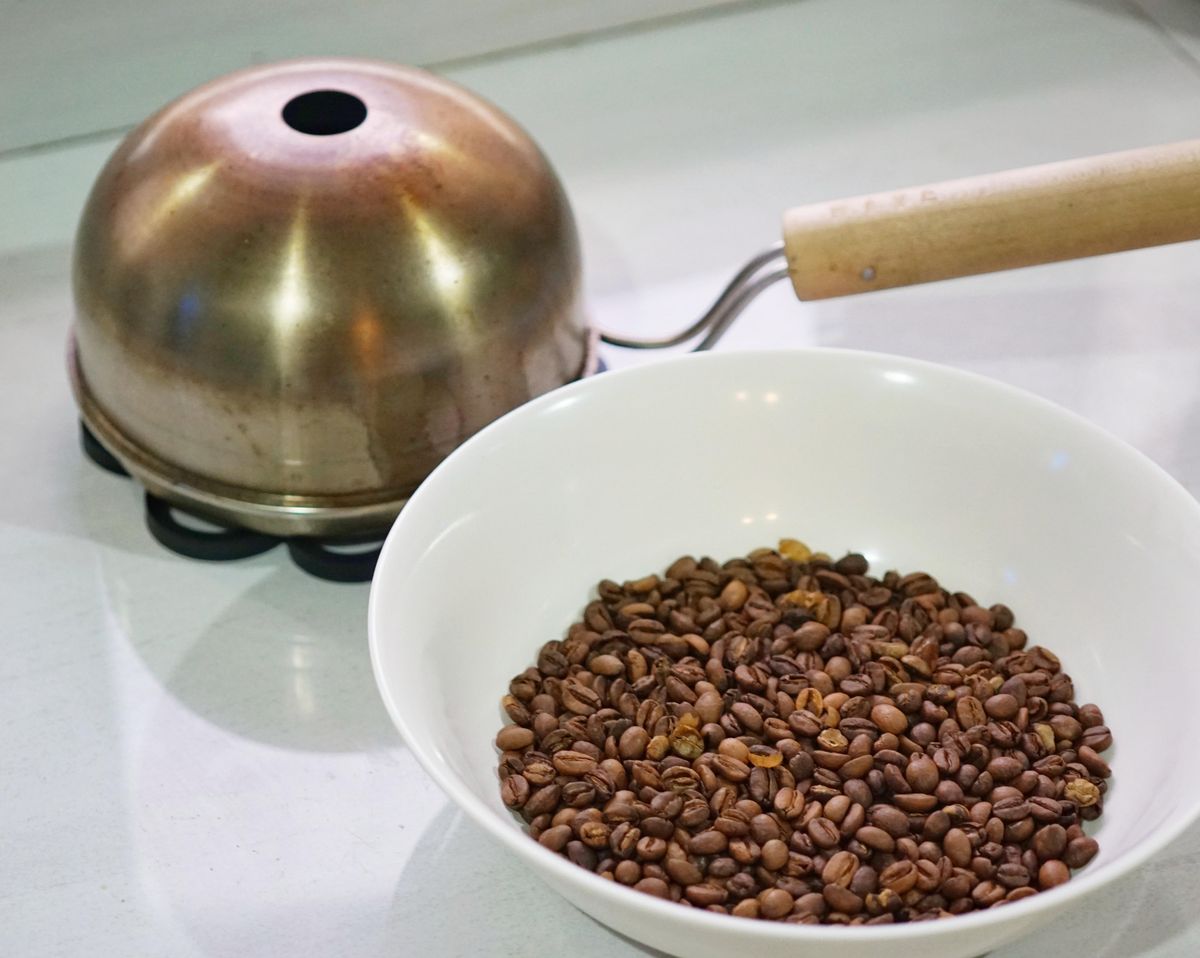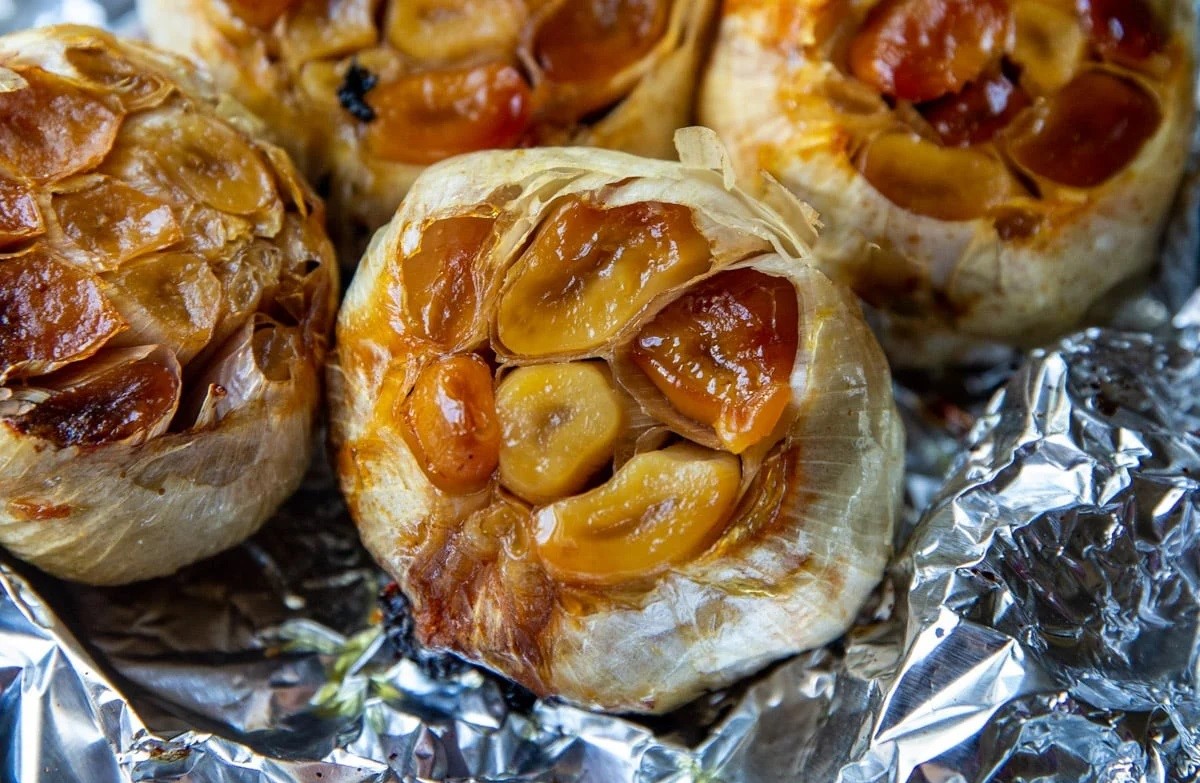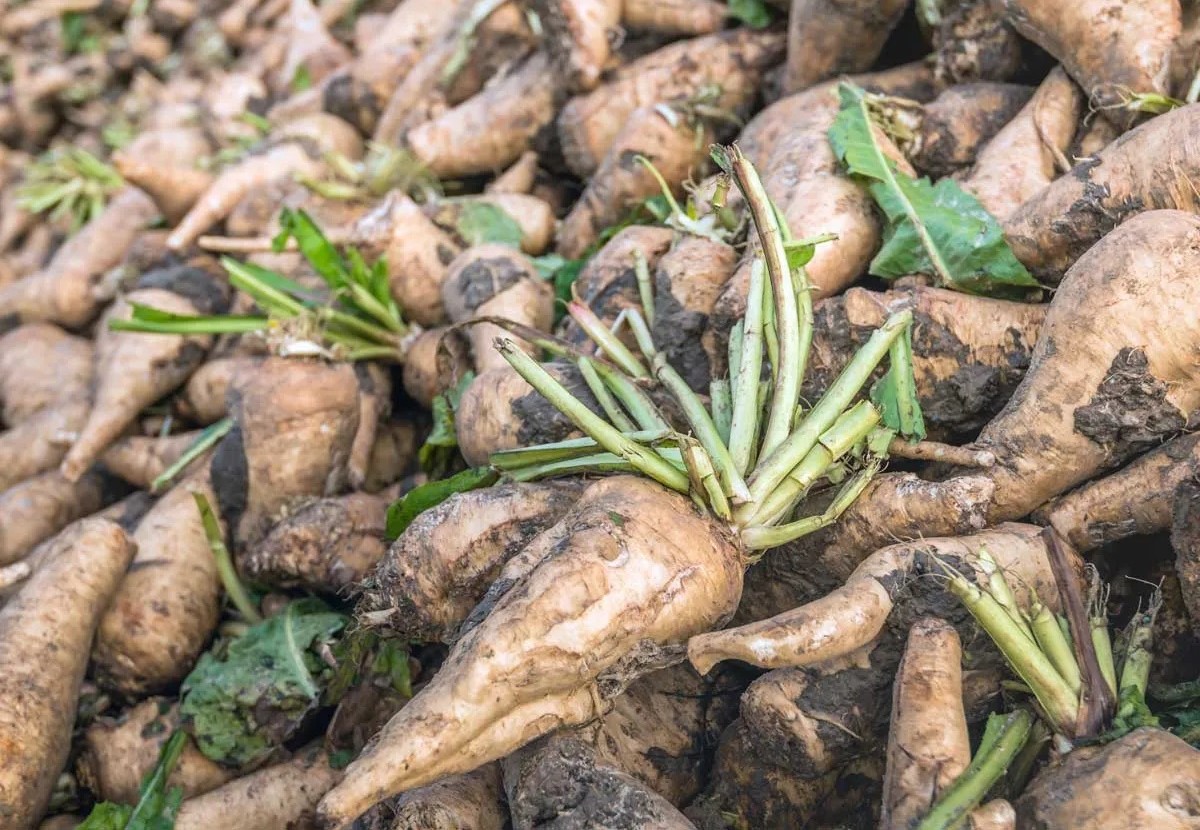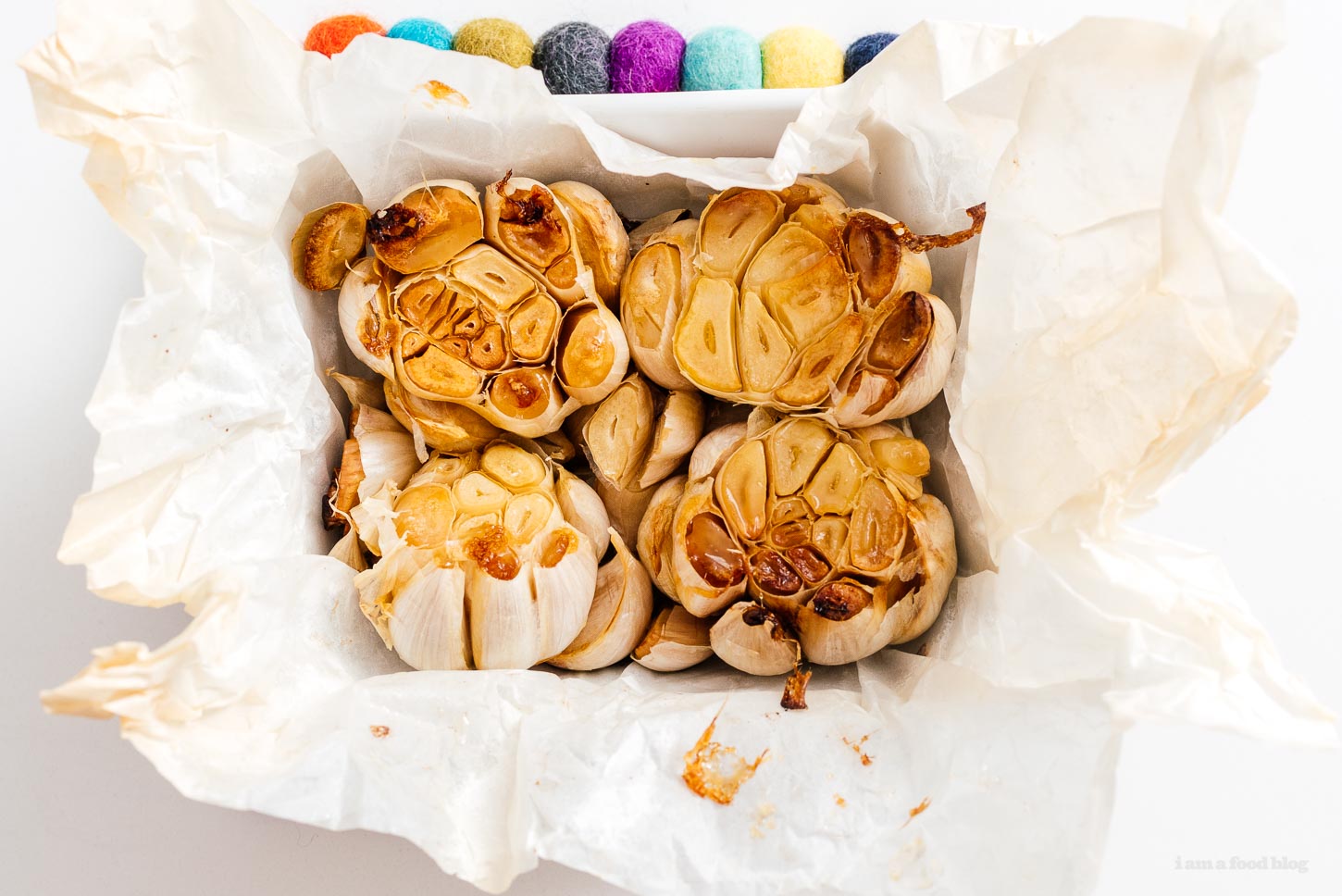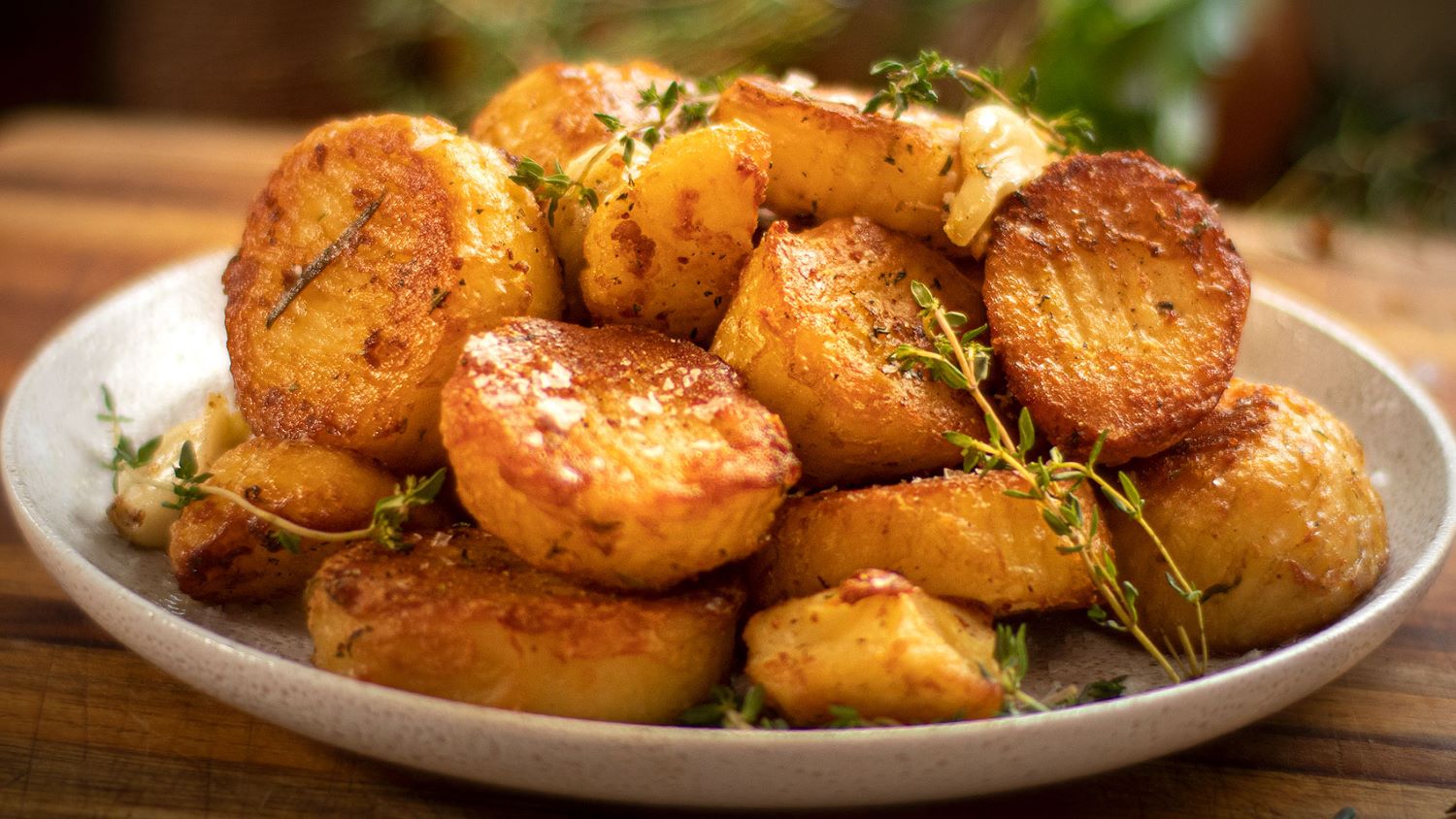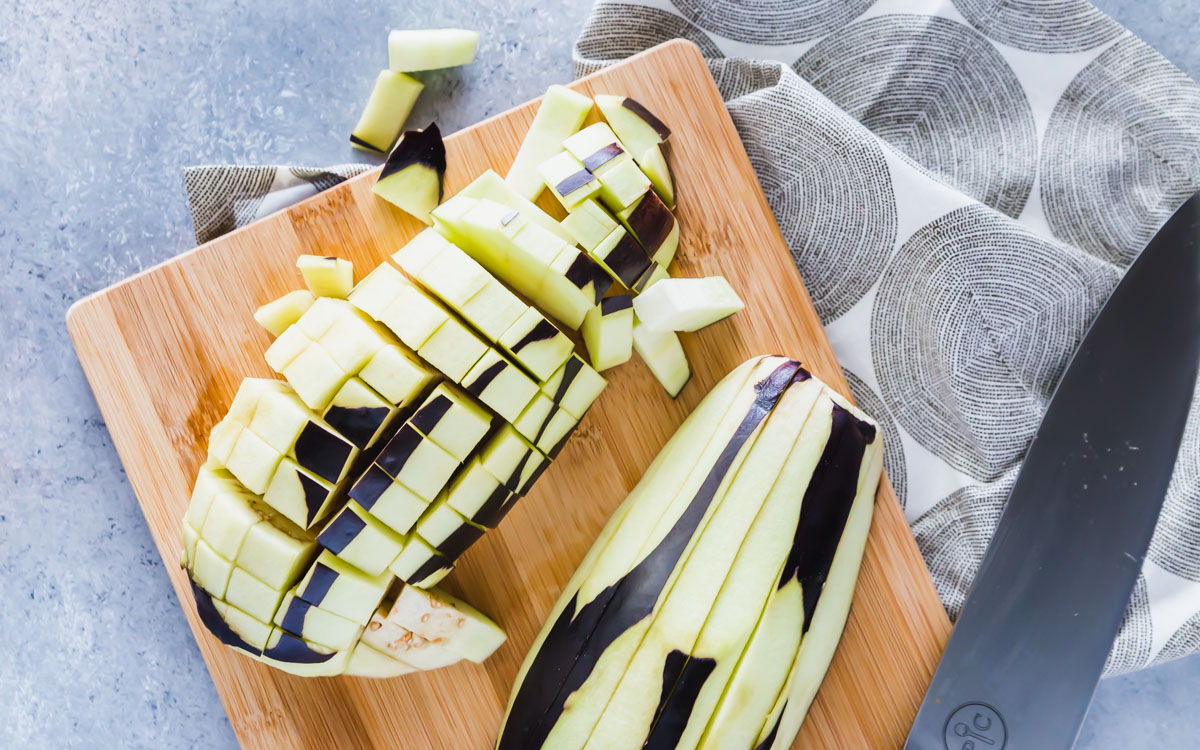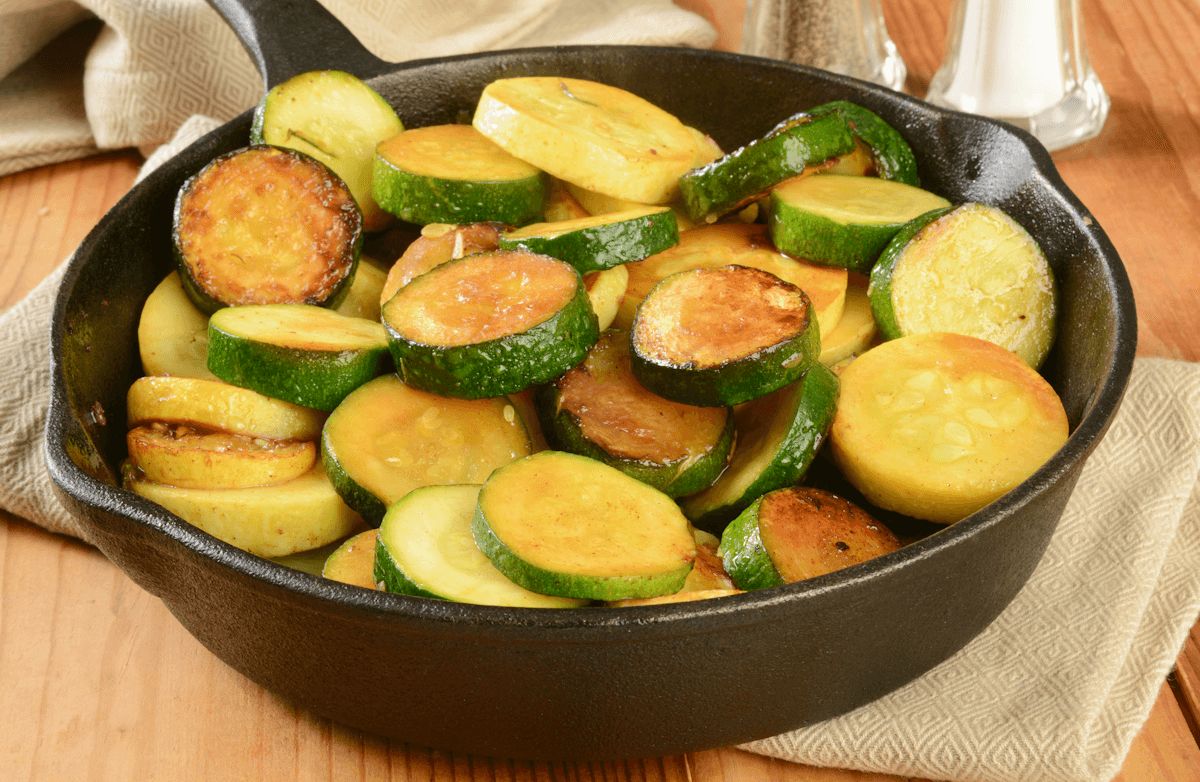Easy Steps to Roast a Tender Rump Roast
Roasting a rump roast to perfection can be a delicious and satisfying endeavor. The key to achieving a tender and flavorful rump roast lies in the roasting process. Follow these easy steps to roast a rump roast that will melt in your mouth:
Choose the Right Cut
When it comes to roasting a rump roast, selecting the right cut of meat is crucial. Look for a well-marbled rump roast with a good amount of fat. The fat will help keep the meat moist and tender during the roasting process.
Preparation
Before you begin roasting, it’s important to properly prepare the rump roast. Start by seasoning the meat with salt and pepper. You can also add other herbs and spices of your choice to enhance the flavor of the roast.
Preheat the Oven
Preheat your oven to 325°F (163°C). A lower temperature allows the meat to cook slowly and evenly, resulting in a more tender roast.
Use a Roasting Pan
Place the rump roast in a roasting pan with the fat side up. This will allow the fat to baste the meat as it cooks, adding moisture and flavor.
Roasting Time
The cooking time for a rump roast will vary depending on the size of the cut. A general rule of thumb is to roast the meat for about 20 minutes per pound. Use a meat thermometer to ensure the roast reaches an internal temperature of 145°F (63°C) for medium rare or 160°F (71°C) for medium.
Resting Period
Once the rump roast is done, remove it from the oven and let it rest for 15-20 minutes before slicing. This allows the juices to redistribute, resulting in a more tender and juicy roast.
Slicing and Serving
When it’s time to serve, slice the rump roast against the grain for maximum tenderness. Pair it with your favorite sides and enjoy a delicious and tender rump roast that will impress your family and friends.
Conclusion
Roasting a rump roast to make it tender doesn’t have to be a daunting task. With the right cut of meat, proper seasoning, and careful roasting, you can achieve a perfectly tender and flavorful rump roast that will be the star of any meal. Follow these easy steps, and you’ll be on your way to roasting the perfect rump roast every time.
Was this page helpful?
Read Next: How To Roast A Turkey Back Side Down Or Up
